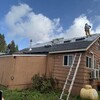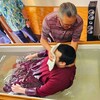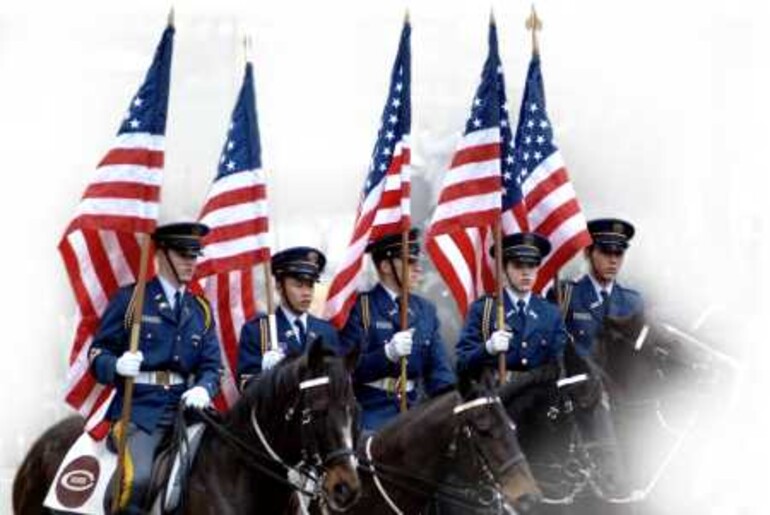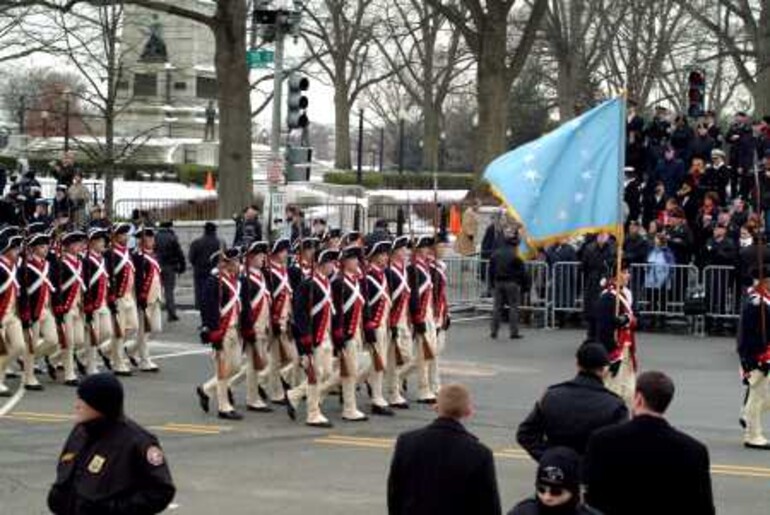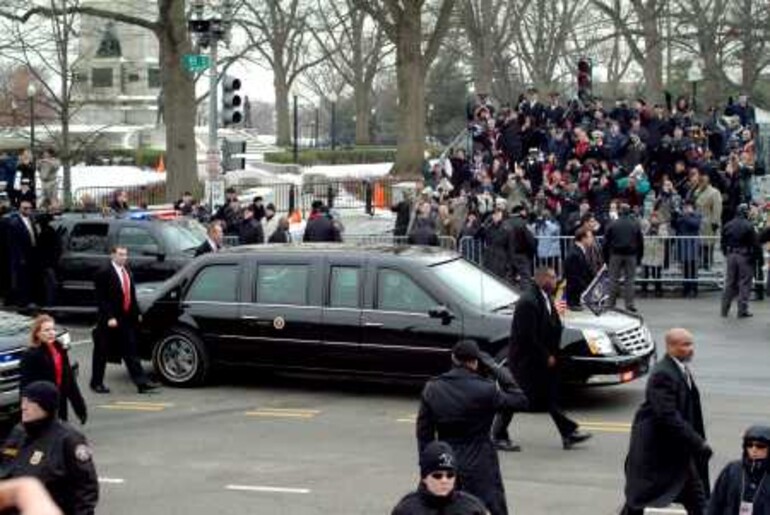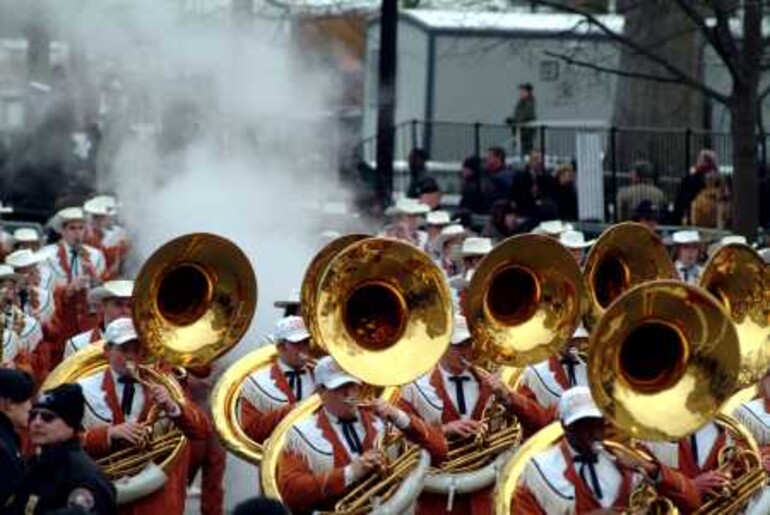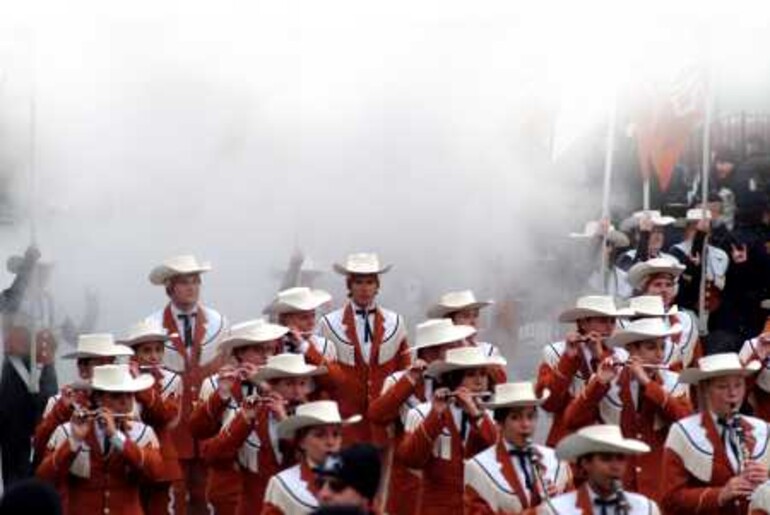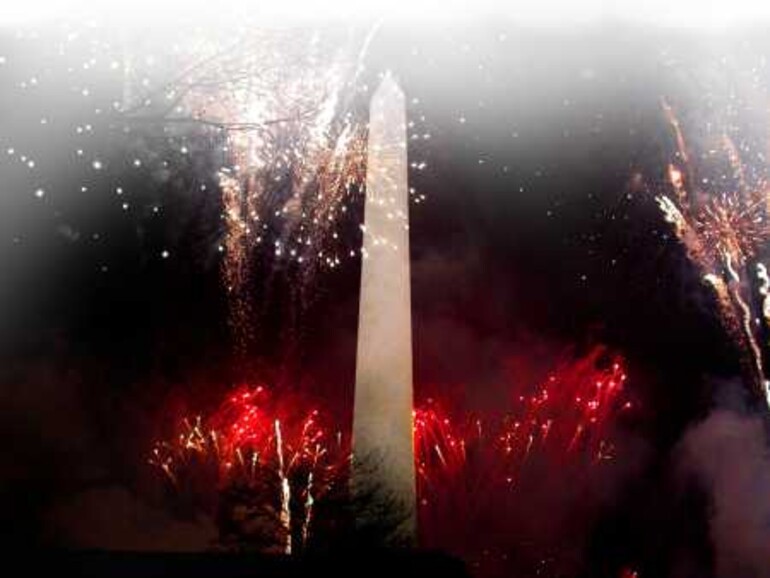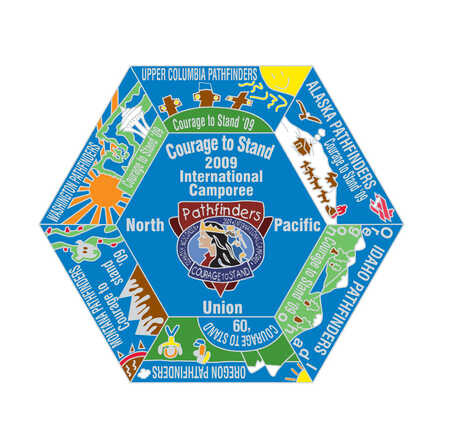First inaugural parade, from Mount Vernon to New York City — George Washington, 1798
First president to be inaugurated at the capitol in Washington D.C. — Thomas Jefferson, 1801
First use of floats in an inaugural parade — Martin Van Buren, 1837
First official planning of a parade to follow the inauguration at the capitol — William H. Harrison, 1841
First time that African-Americans participated in the inaugural parade — Abraham Lincoln, 1865.
First food fight at an inaugural ball — Ulysses S. Grant, 1877
First president to review from a stand in front of the White House — James Garfield, 1881
First time that a president’s wife, Helen, rode with her husband in the procession from the Capitol to the White House — William H. Taft, 1909
First time that women participated in the inaugural parade — Woodrow Wilson, 1917
First president to ride to and from his inaugural in an automobile — Warren G. Harding, 1921
First president to be inaugurated on the January 20th date, a change made by the 20th amendment to the Constitution — Franklin D. Roosevelt, 1937
The largest inaugural parade with 73 bands, 59 floats, horses, elephants, and civilian and military vehicles, lasting 4 hours and 32 minutes — Dwight D. Eisenhower, 1953
First time that the parade was televised in color (NBC) — John F. Kennedy, 1961
First use of a bullet-proof, closed limousine — Lyndon B. Johnson, 1965
Warmest Jan. 20 inauguration day with a noon temperature of 55 degrees — Ronald Regan, 1981
Coldest inauguration day on record, with a noon temperature of 7 degrees — Ronald Reagan, 1985
Inaugural parade route is about 1.7 miles from the U.S. Capitol to the White House
For the 55th inaugural parade, there were 79 organizations invited to participate — George W. Bush, 2005
Approximately 11,000 people, floats, vehicles and horses marched, played, and rode in the 55th inaugural parade — George W. Bush, 2005

